Golf is a game of precision, and one of the skills many golfers want to master is hitting the ball lower. Lower shots can be particularly important in windy conditions or when playing on courses where control is key. Whether you’re a beginner or a seasoned golfer, understanding how to adjust your technique to achieve lower ball flight can significantly improve your game. In this guide, we’ll explore practical tips, techniques, and strategies to help you hit the golf ball lower with ease.
Understanding the Fundamentals of Lower Ball Flight
Before diving into the mechanics of hitting the ball lower, let’s review the fundamental principles that affect ball flight.
- Angle of Attack: This refers to the angle at which the clubhead strikes the ball. A steeper angle of attack often leads to a higher ball flight, while a shallower angle yields a lower trajectory.
- Club Selection: Different clubs create different launch angles. For example, a #7 iron will typically produce a higher shot than a #3 iron.
- Face Angle: The orientation of the clubface at impact also plays a crucial role in determining the ball’s trajectory.
Key Techniques to Hit the Golf Ball Lower
1. Adjust Your Setup
Your stance and ball position are critical elements when trying to hit lower shots:
- Narrow Your Stance: A narrower stance helps lower the center of gravity and promotes better control.
- Ball Position: Play the ball slightly farther back in your stance. For example, with a short iron, position it just inside your back foot. This adjustment enables a descending strike on the ball, which can help lower the flight.
2. Create a Stronger Grip
A stronger grip can help reduce loft and lower the ball flight:
- Grip Adjustment: Rotate your hands slightly clockwise (for right-handed golfers) on the grip, which can encourage a lower trajectory.
- Pressure Control: Maintain consistent grip pressure. Too tight or too loose can affect swing speed and angle of attack.
3. Use a Lower Lofted Club
Choosing the right club can dramatically influence the shot’s altitude:
- Longer Irons: Using clubs like a #4 or #5 iron will typically yield flatter, lower shots than your mid or short irons.
- Fairway Woods: Consider using a 3 or 5 wood for reliable lower trajectories, especially off the tee.
4. Modify Your Swing Path
An altered swing path can also aid in producing lower shots:
- Shallow Approach: Focus on coming into the ball on a more horizontal plane. This shallower angle creates lower ball flight.
- Reduce Follow-Through: Shorten your follow-through after contact. This action keeps the ball down and reduces lift.
5. Control Your Pace
The speed of your swing impacts the ball’s launch angle:
- Smoother Tempo: A controlled, smoother swing allows for better contact, promoting a lower trajectory.
- Practice Slow Swings: Integrate slow-motion practice swings into your routine, focusing on striking the ball with a flatter angle.
Practical Drills for Hitting Lower Shots
To effectively incorporate these techniques into your game, consider implementing the following drills:
Drill 1: The Back Ball Position Drill
- Set up with the ball positioned a few inches back in your stance.
- Focus on keeping your weight favoring your left foot (for right-handed golfers).
- Swing down through the ball, emphasizing a descending strike.
Drill 2: The Club Release Drill
- Take your normal stance with a mid-iron.
- Focus on releasing the club early after impact, which should lower the launch.
- Use a tee to gauge your height; aim to keep the shot below the tee height.
Drill 3: The Follow-Through Drill
- Hit balls with a short follow-through, purposely keeping your swing compact.
- Concentrate on your weight shifting forward, ensuring you make solid contact.
Key Takeaways
When it comes to hitting the golf ball lower, understanding and modifying your setup can yield impressive results. Here’s a quick summary of the core tips:
- Adjust Your Setup: Narrow stance, back ball position.
- Stronger Grip: Rotate hands slightly to encourage a lower trajectory.
- Lower Lofted Clubs: Use longer irons or fairway woods.
- Modify Swing Path: Employ a shallower approach and shorten your follow-through.
- Control Your Pace: Practice smooth, controlled swings to facilitate easier contact.
Frequently Asked Questions (FAQs)
1. What is the best club to use for hitting lower shots?
Using lower-lofted clubs like 3- or 4-irons, or fairway woods can help achieve a lower launch.
2. How can I practice hitting lower shots?
Try the back ball position drill, which encourages better contact and lower flight.
3. Does grip pressure matter when aiming for a lower shot?
Yes, consistent grip pressure is essential for maintaining control and aiding in a managed swing path.
4. Is there an ideal swing speed for hitting lower shots?
A controlled and smooth swing is more effective than a fast swing when aiming for lower trajectories.
5. Can wind affect how low the ball flies?
Absolutely! A lower ball flight is advantageous in windy conditions and can aid in keeping the ball from ballooning.
6. Should I adjust my follow-through for lower shots?
Yes, a shortened follow-through can help keep the ball lower, especially during strong wind conditions.
7. What is the main purpose of hitting the ball lower?
Lower shots reduce the impact of wind and provide increased control on approach shots.
8. How can I prevent topping the ball when trying to hit lower?
Focus on maintaining your balance and committing to your swing path for better contact.
9. Can I use the same technique for all clubs?
While the fundamental concepts apply, slight adjustments may be needed based on club loft and length.
10. What impact does body position have on ball flight?
Your body alignment and the position of your weight can significantly influence your swing path and the resultant ball flight.
Conclusion
Hitting the golf ball lower can enhance your performance and increase your enjoyment of the game. By following the techniques outlined above and consistently practicing, you’ll find yourself mastering this essential skill. Remember that each golfer’s unique style will require personal adjustments, so don’t hesitate to modify these tips to fit your game. Happy golfing!

 Silverleaf Country Club Dining Experience
Silverleaf Country Club Dining Experience Silverleaf Country Club Social Event
Silverleaf Country Club Social Event
 Athlete Meditation
Athlete Meditation  Strength Training Athlete
Strength Training Athlete 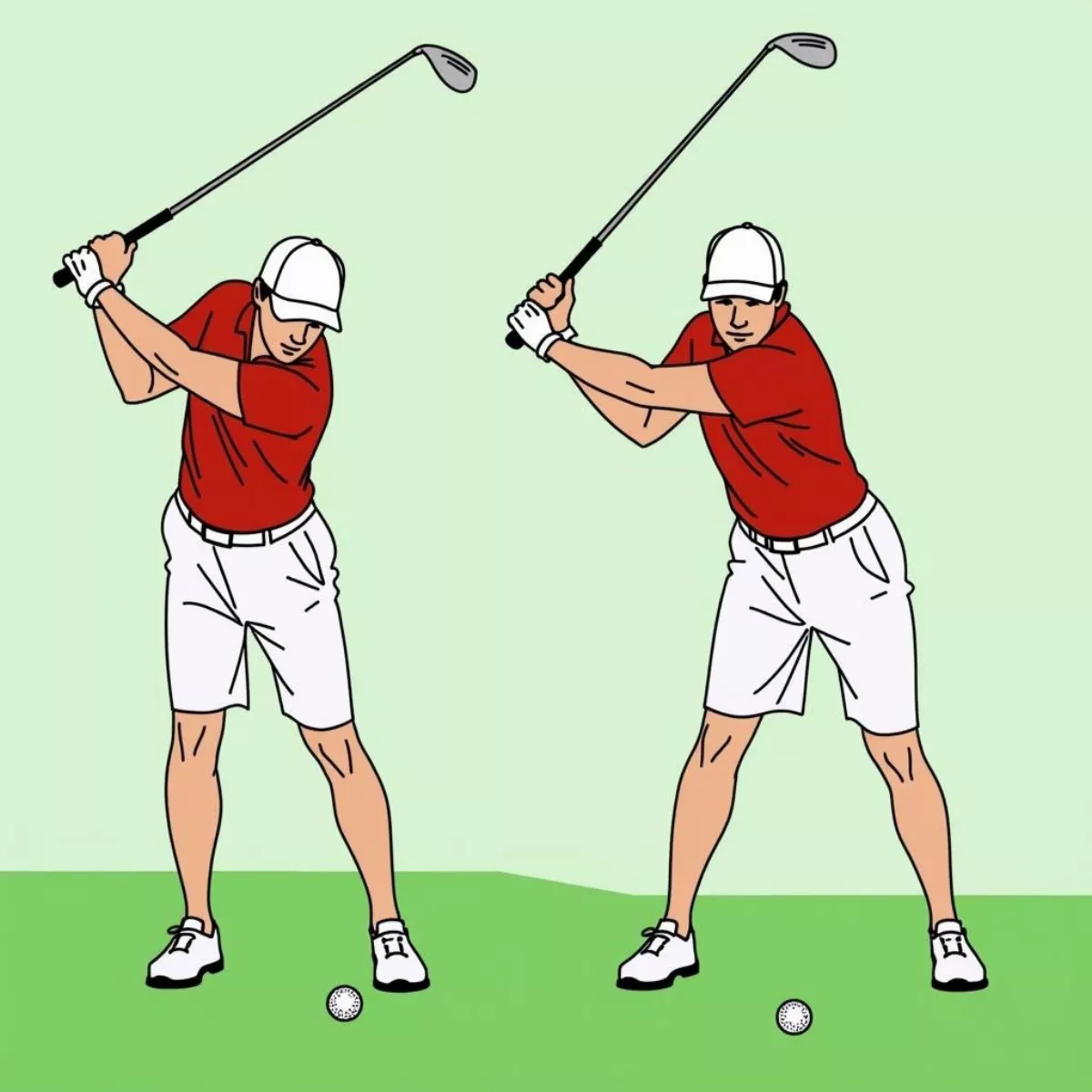
 Golfer visualizing shot on a downhill slope
Golfer visualizing shot on a downhill slope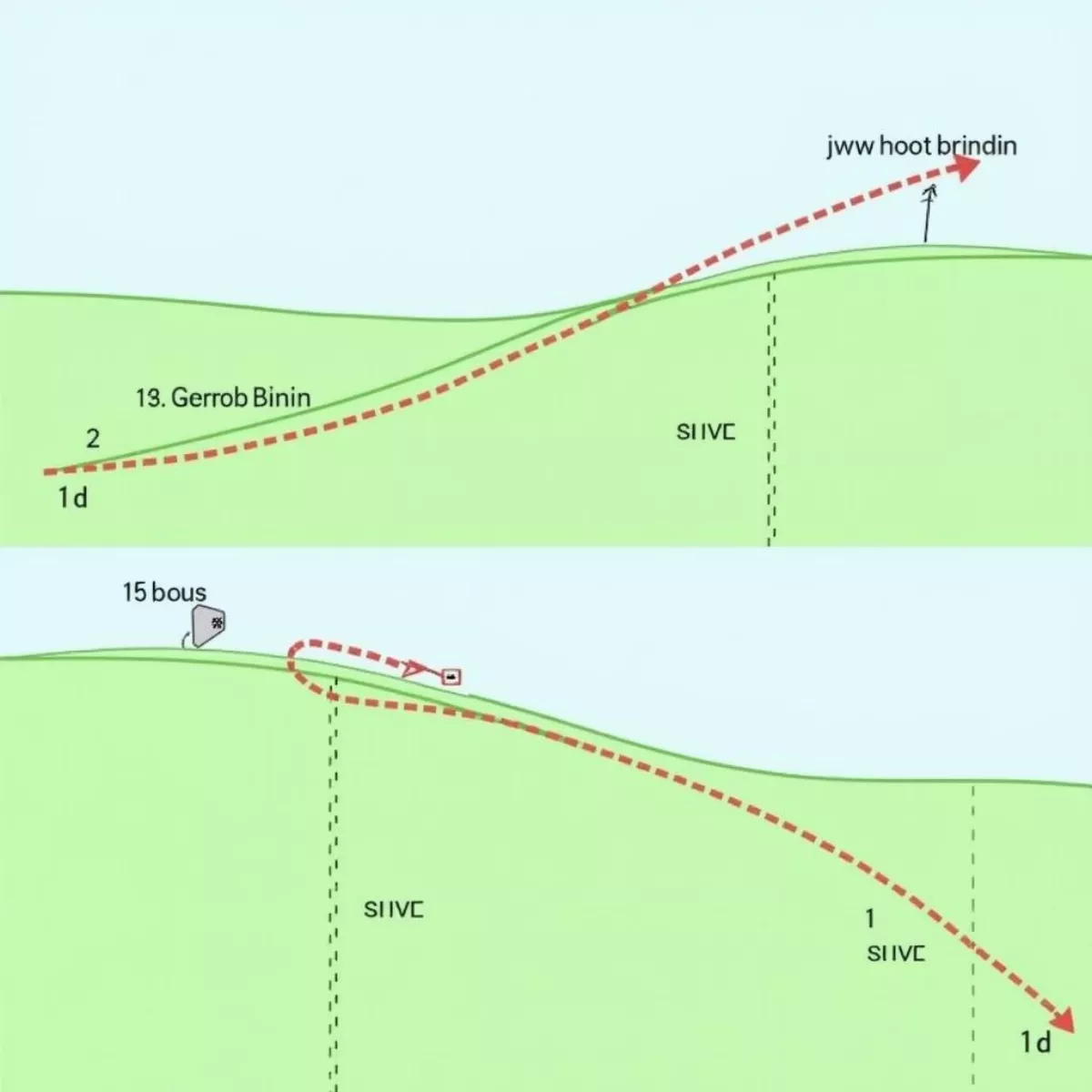 Golf ball trajectory from downhill lie
Golf ball trajectory from downhill lie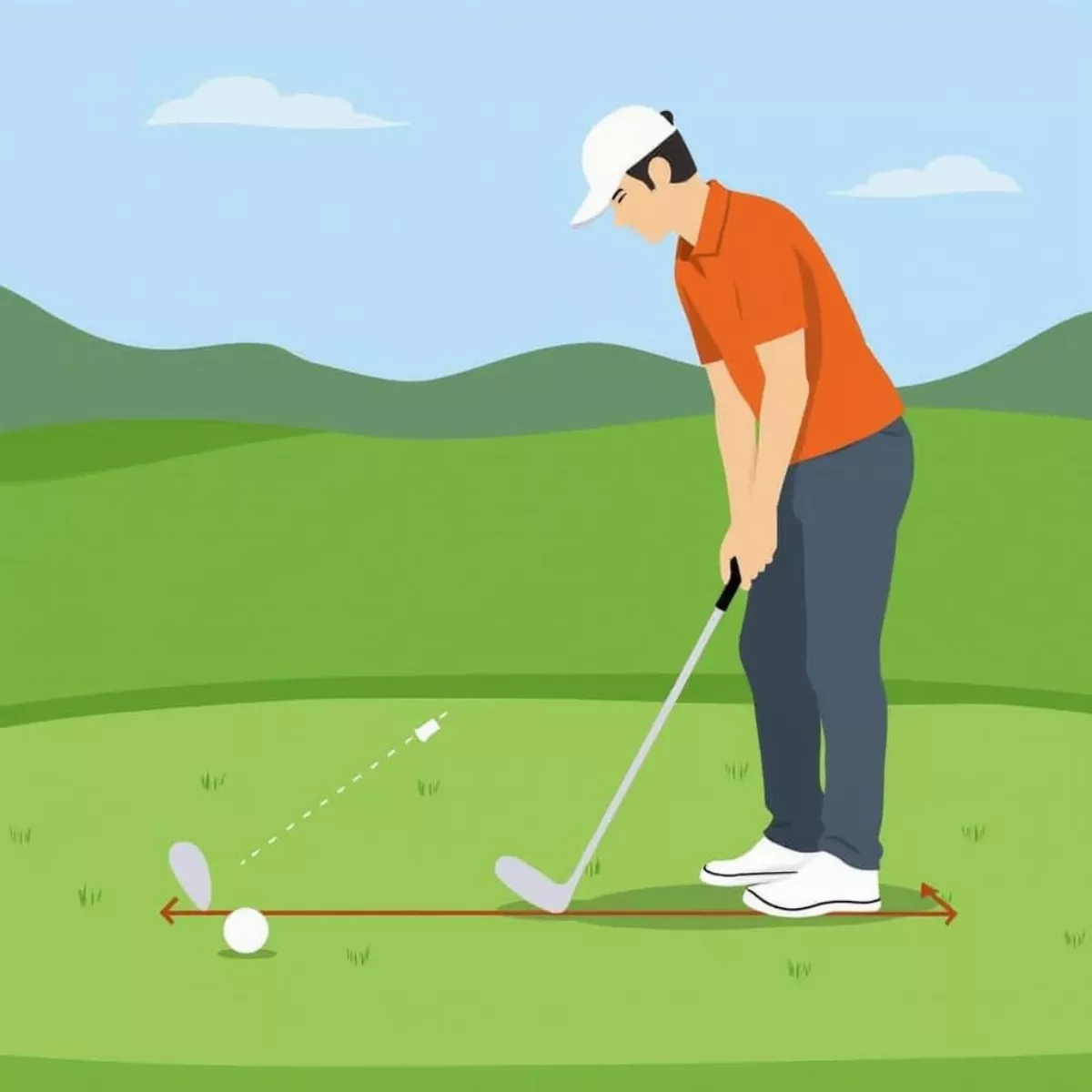
 Golf ball landing softly on the green
Golf ball landing softly on the green Golfer practicing flop shots at the driving range
Golfer practicing flop shots at the driving range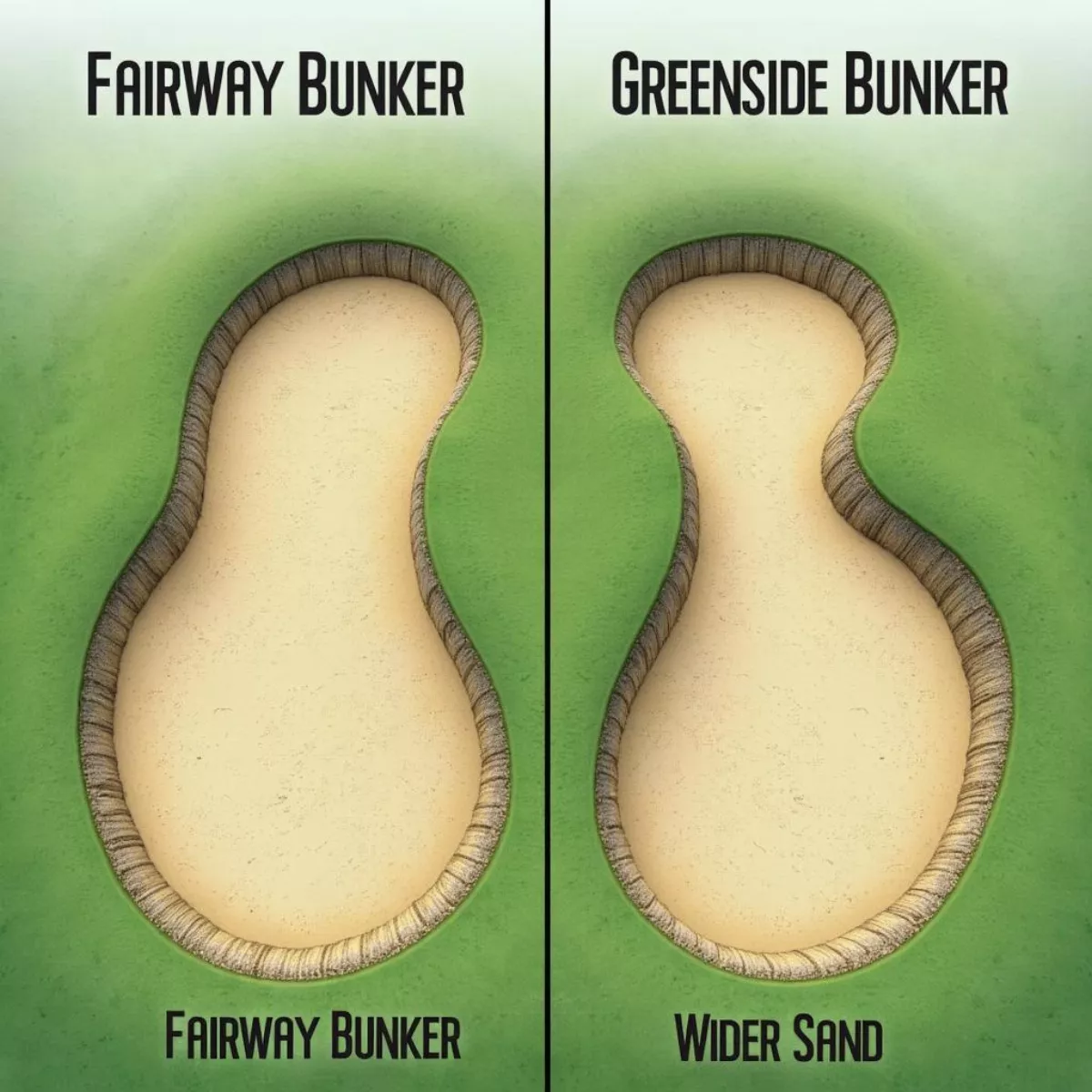
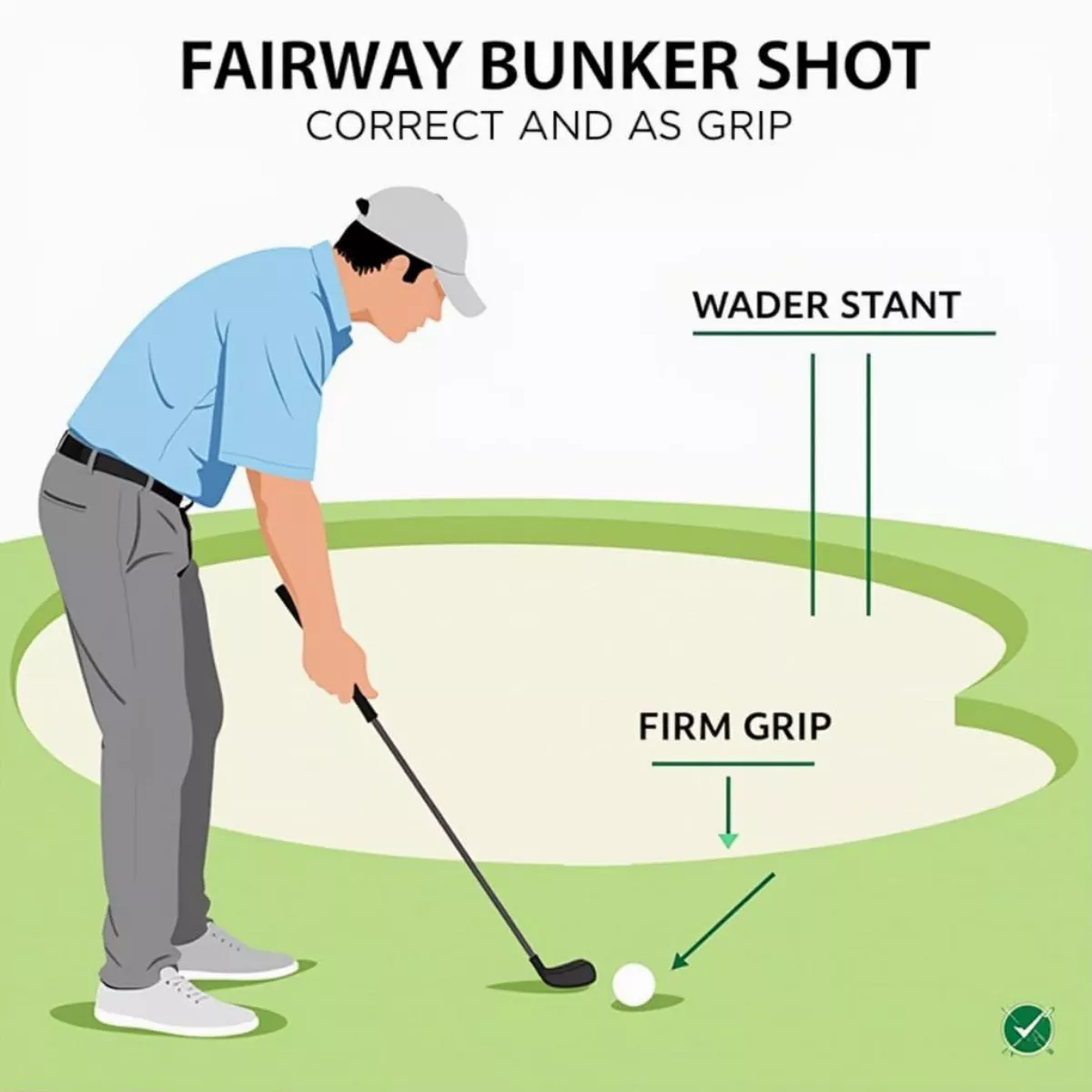 Golfer Stance in Fairway Bunker
Golfer Stance in Fairway Bunker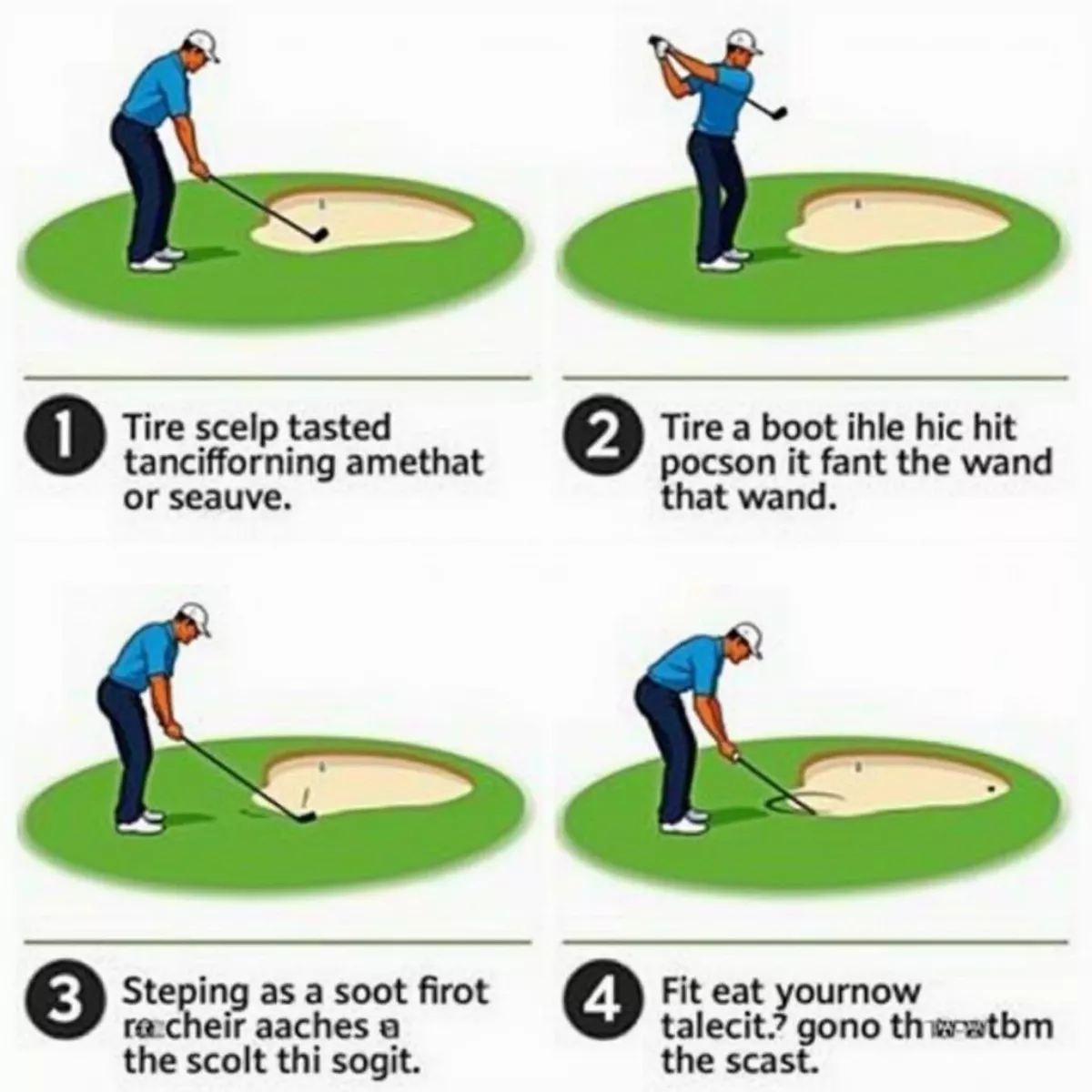 Fairway Bunker Shot Sequence
Fairway Bunker Shot Sequence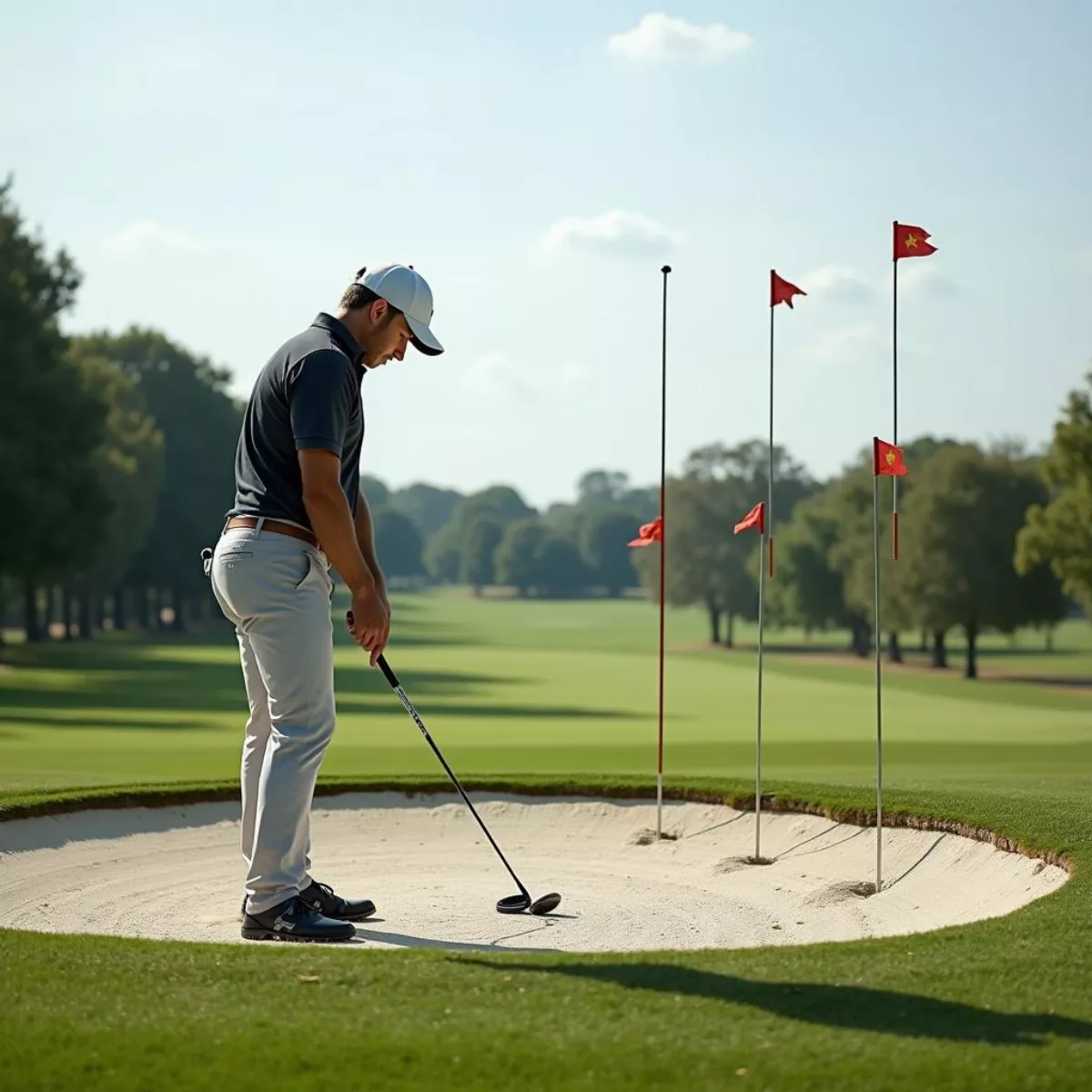 Golfer Practicing Fairway Bunker Shots
Golfer Practicing Fairway Bunker Shots
 Golfer Reviewing Swing Data on a Launch Monitor
Golfer Reviewing Swing Data on a Launch Monitor